Algae vs. cyanobacteria
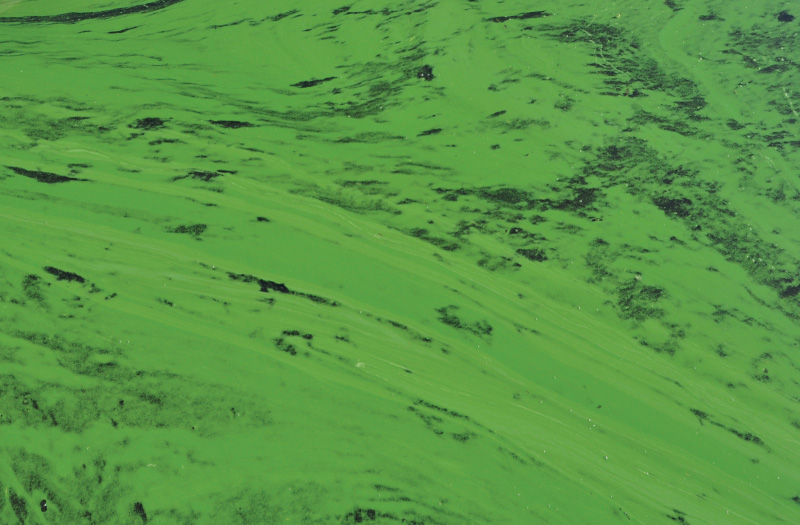
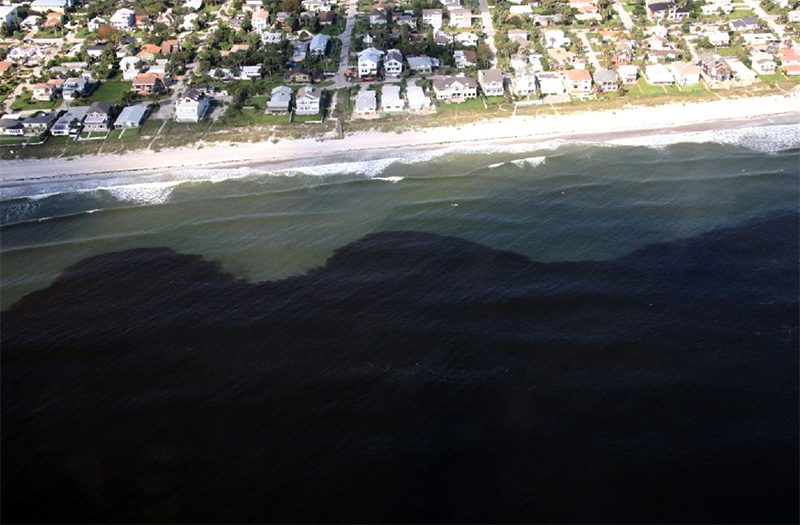
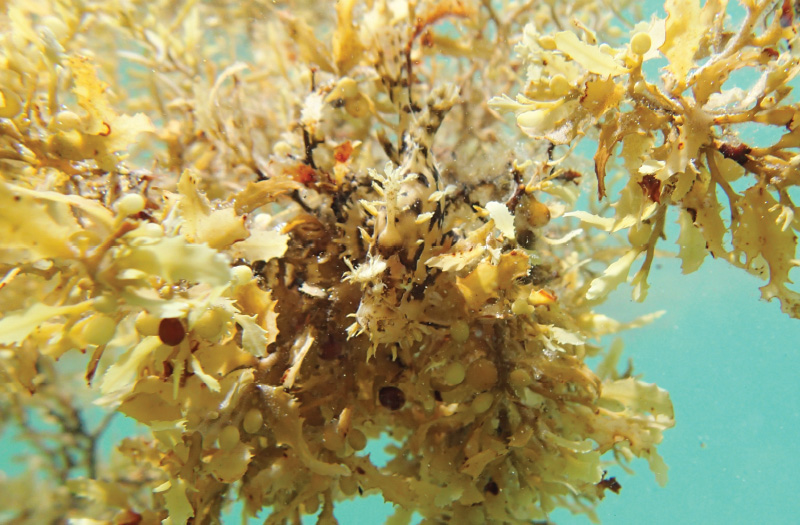
The state of Florida is in the midst of an algae identity crisis. On a daily basis, we are bombarded with unfamiliar terminology – algae; blue-green algae; cyanobacteria; Microcystis; red tide; Sargassum. So what do these terms mean, and how do they relate to you?
Algae is a general term that refers to a broad group of plant-like organisms, while cyanobacteria (also called blue-green algae) are a type of primitive bacteria.
Both use sunlight and nutrients like nitrogen and phosphorous to fuel their growth. There are tens of thousands of different species (types) of algae and cyanobacteria on earth. They occur in a variety of environments, including fresh, brackish, and salt water. High levels of nutrients, particularly nitrogen and phosphorous, fuel blooms of algae and cyanobacteria. While many species of algae and cyanobacteria play important roles in the environment (e.g., providing food and shelter for marine life), other species are considered harmful.
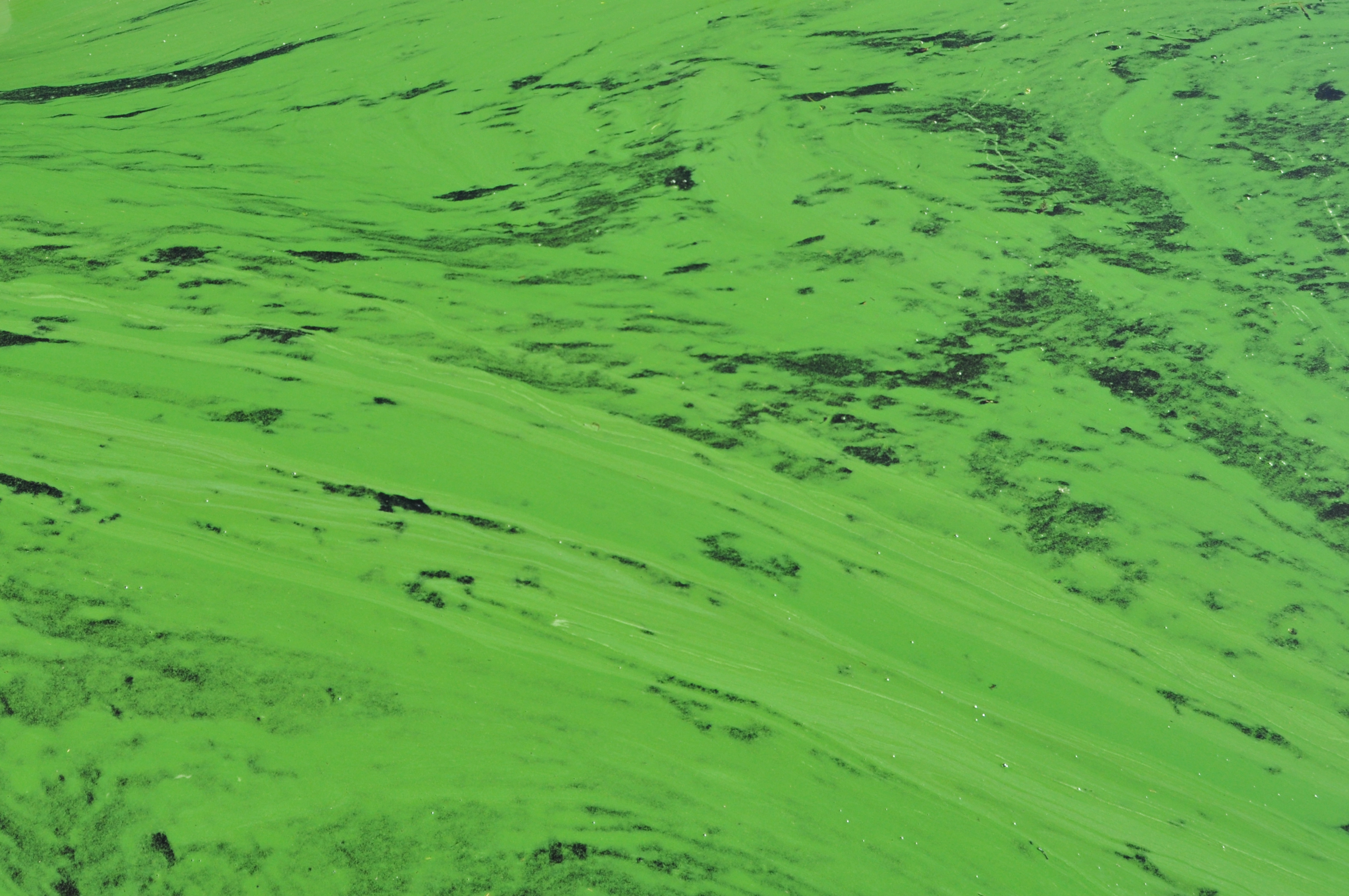
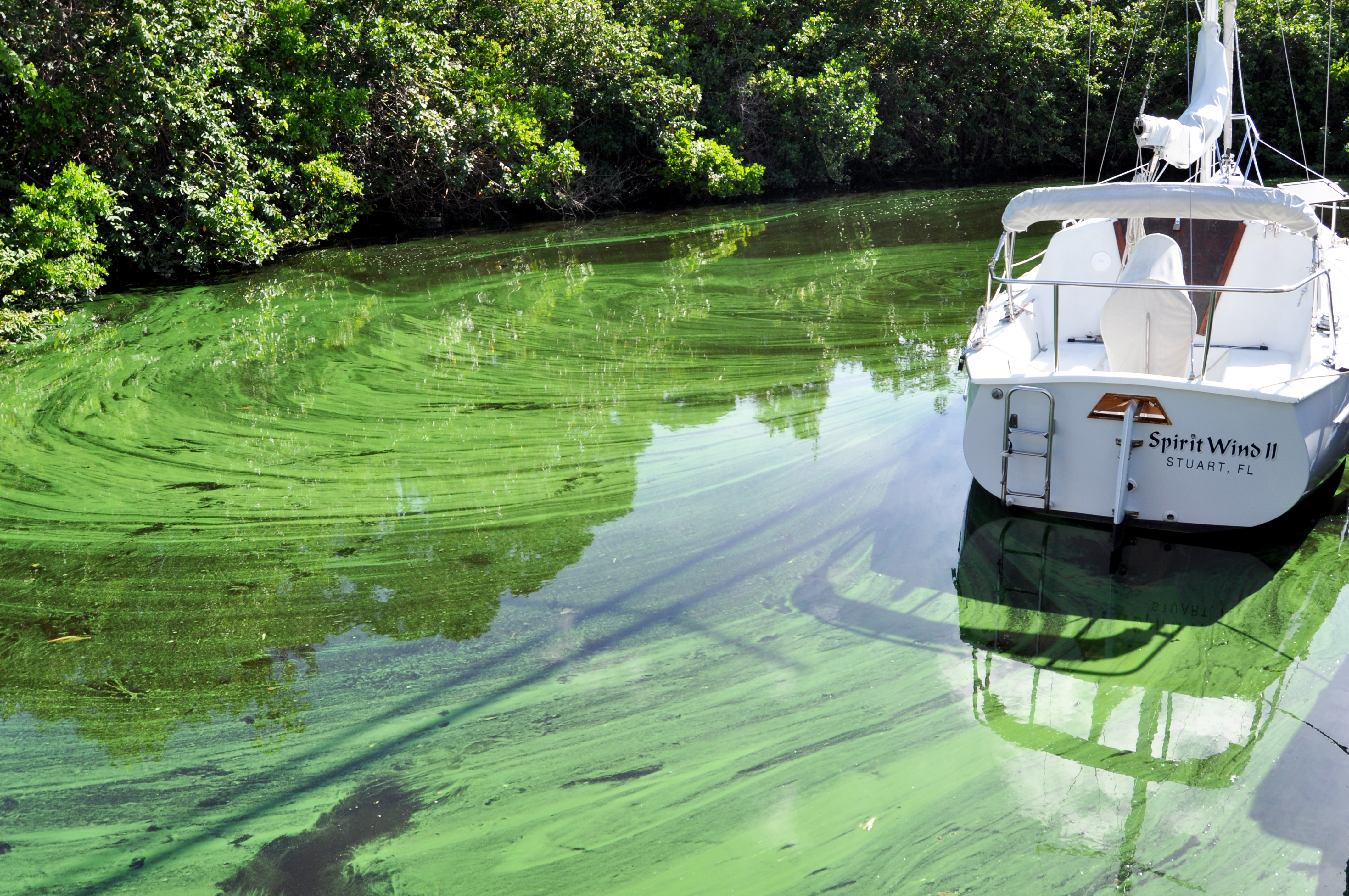
- A species of microscopic neon-green cyanobacteria that blooms in Lake Okeechobee and is transported to the St. Lucie and Caloosahatchee estuaries through human-made drainage canals.
- Microcystis is generally not detected in these estuaries unless Lake Okeechobee discharges are occurring.
- Thrives in warm, nutrient-rich fresh water, but can survive in low-salinity brackish water.
- Produces a number of toxins that are harmful to humans, pets, and wildlife, including microcystin and BMAA. Blooms can rapidly switch from non-toxic to toxic.
- Exposure can cause skin rash, burning eyes, runny nose, coughing, headache, vomiting, liver failure, and possibly neurodegenerative disorders.
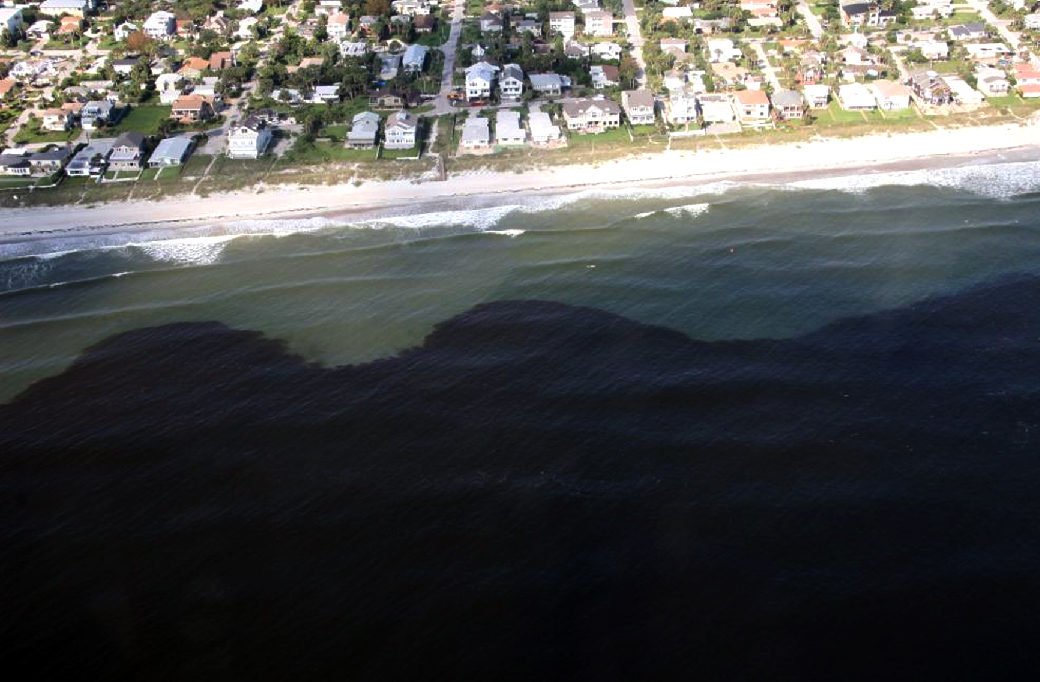
- A species of microscopic saltwater algae that causes the Florida Red Tide when it blooms.
- Red tides start offshore in the Gulf of Mexico, but wind and current can move blooms into nearshore areas, where they cause tremendous environmental and economic harm.
- Can last for months, and is occasionally carried to Florida’s east coast by ocean currents.
- Exacerbated by high levels of nutrients pouring into coastal waters from land-based sources, including fertilizer, sewage, and phosphate mining.
- Produces a potent neurotoxin that can kill fishes, sea turtles, manatees, and dolphins.
- In humans, exposure can cause skin irritation, burning eyes, sore throat, coughing, or difficulty breathing. Wind can carry airborne toxins a considerable distance from the ocean.
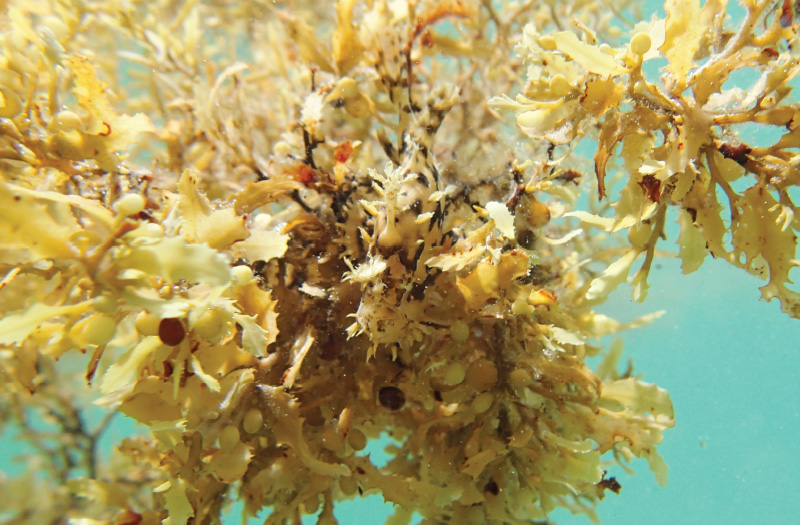
- An oceangoing species of macroalgae, or “seaweed” that sometimes washes up on Florida beaches.
- Fresh Sargassum is a golden yellow color, darkening to brown or black as it dries up.
- Thick floating patches in the open ocean provide an important home for fishes, sea turtles and crustaceans.
- Not considered toxic, but can still have negative ecological and economic impacts. Beaches covered in Sargassum are not hospitable for wildlife, and its presence on beaches can affect tourism
